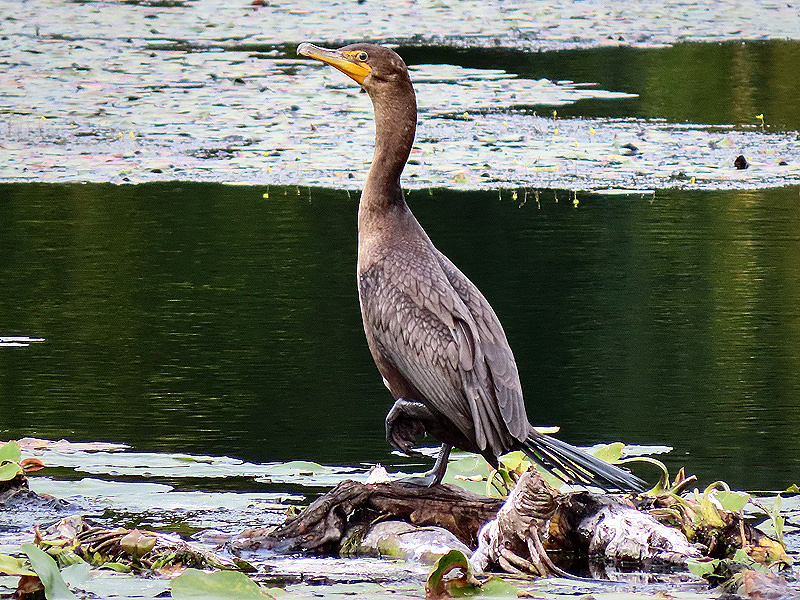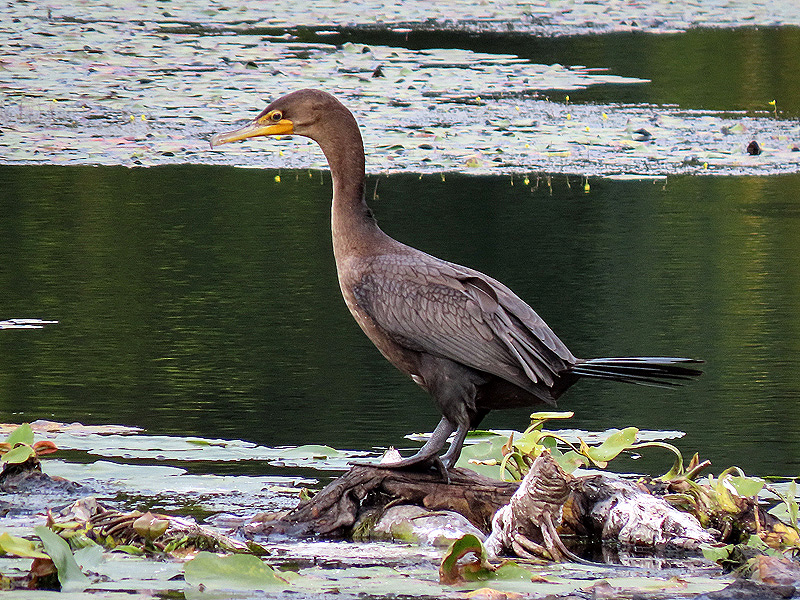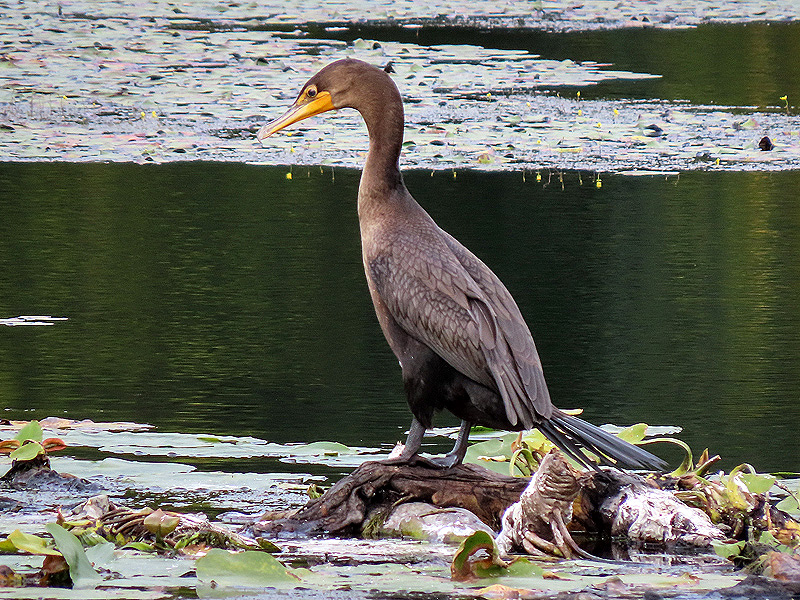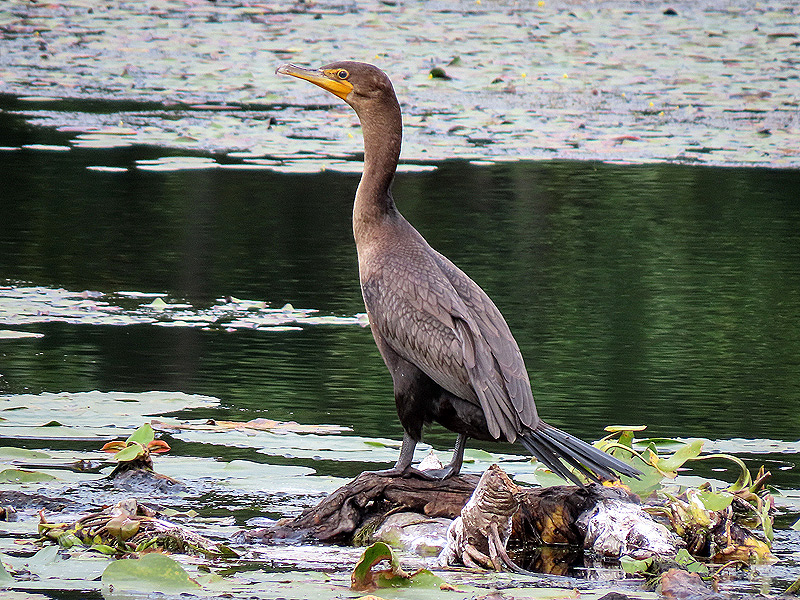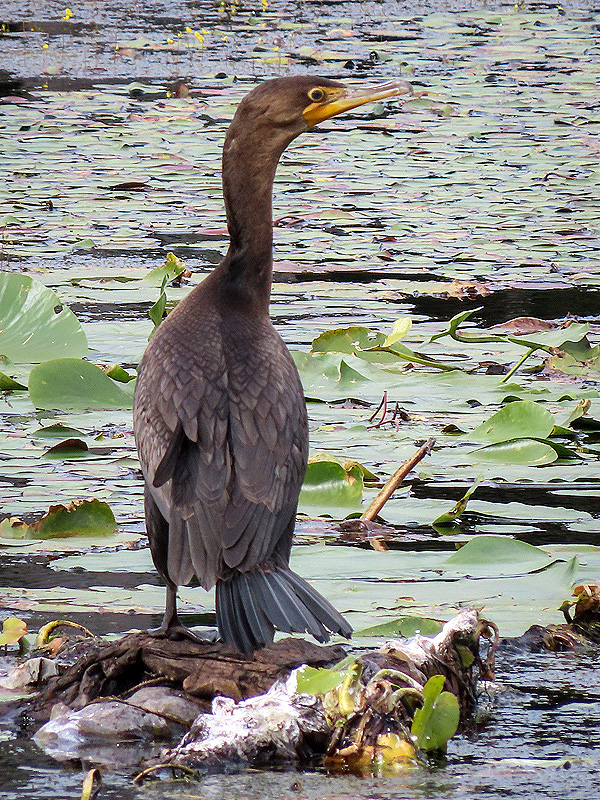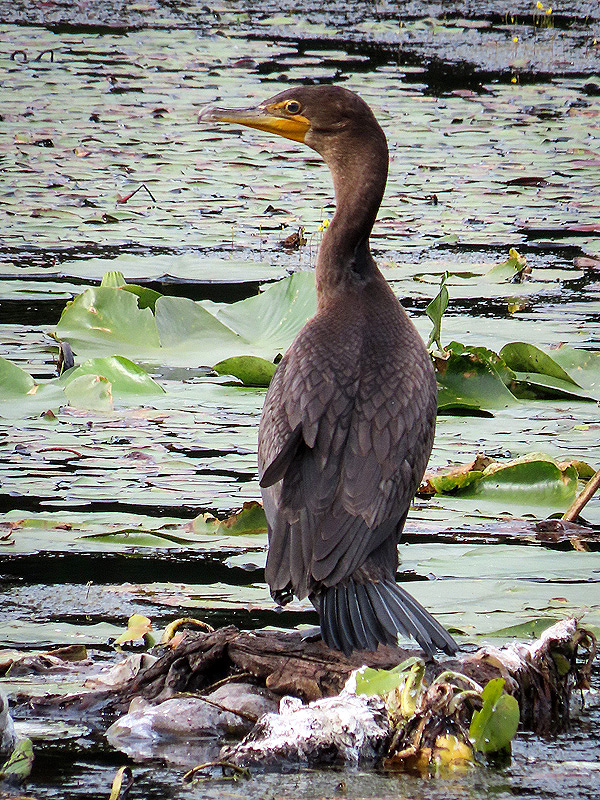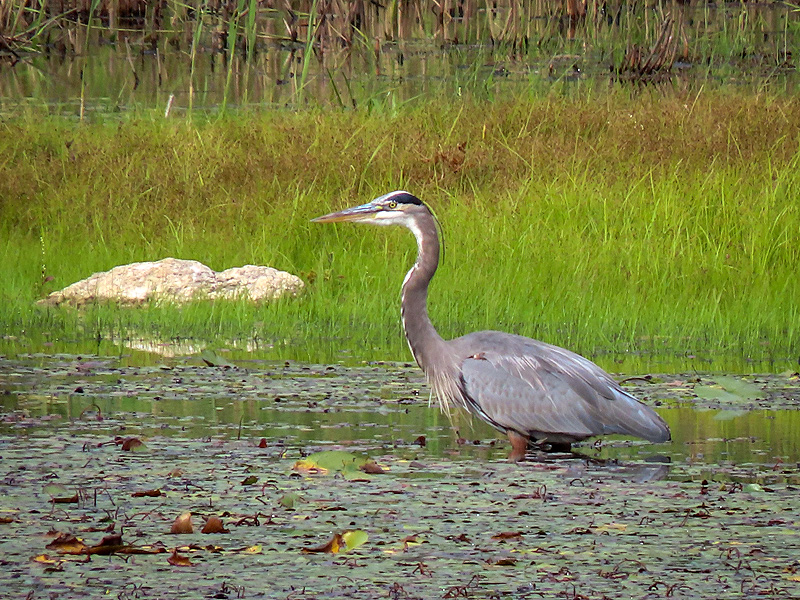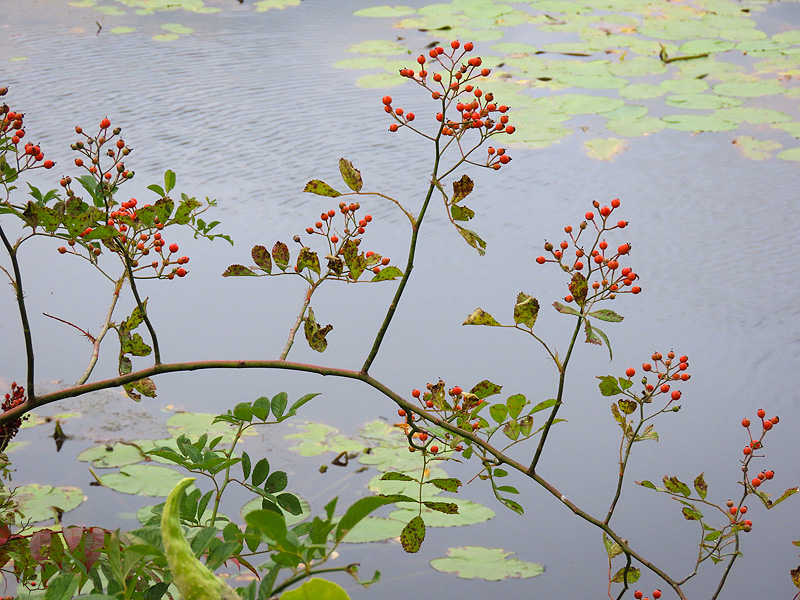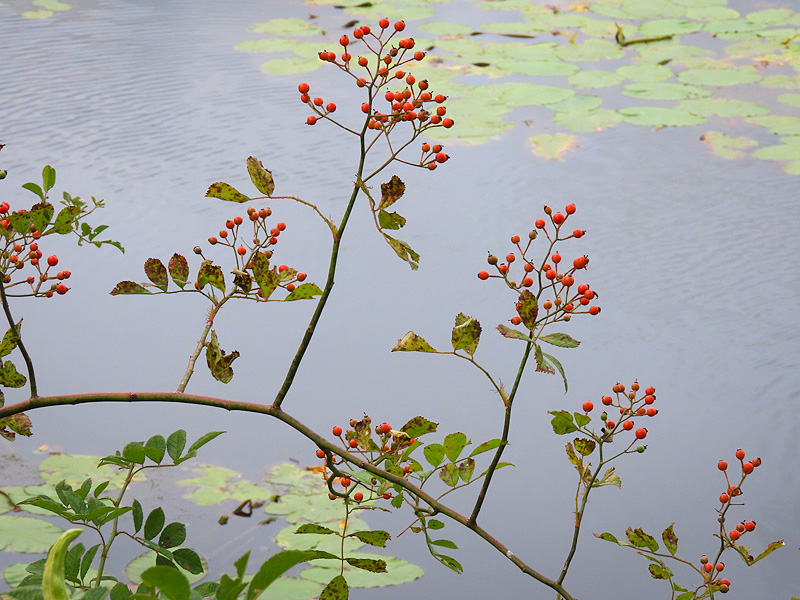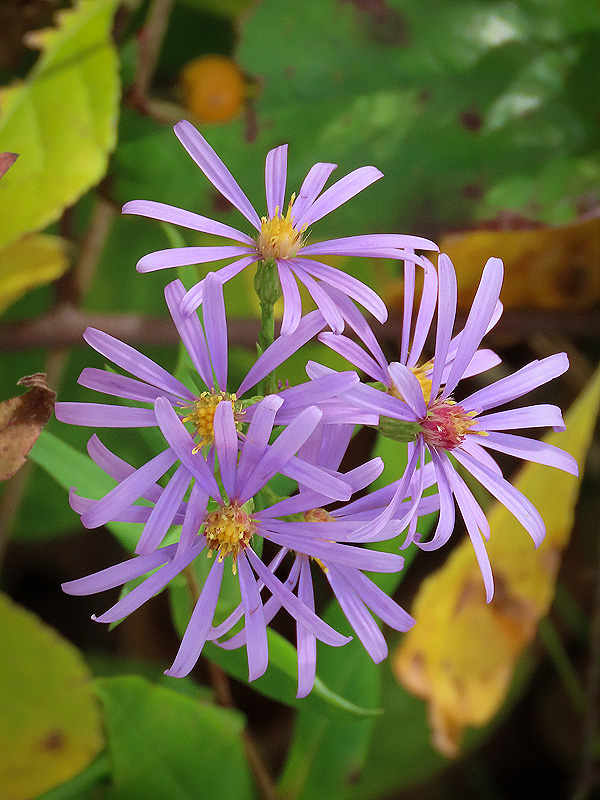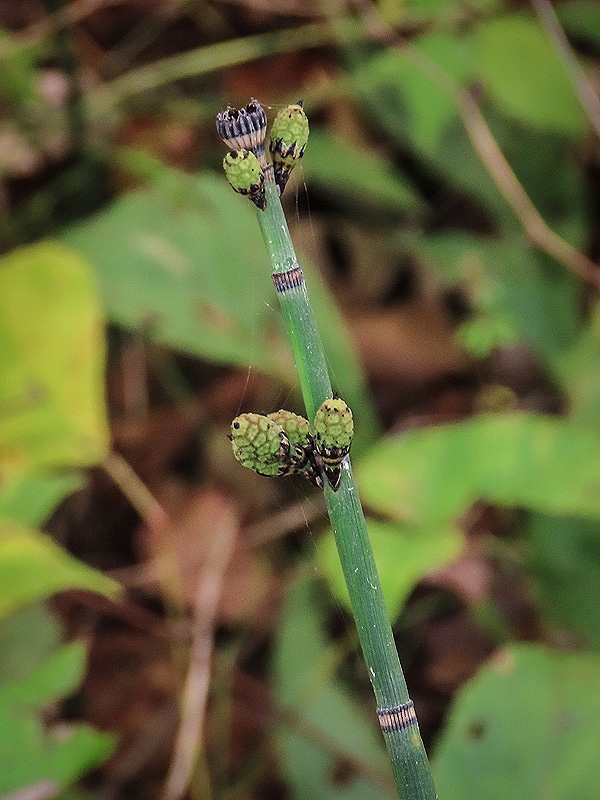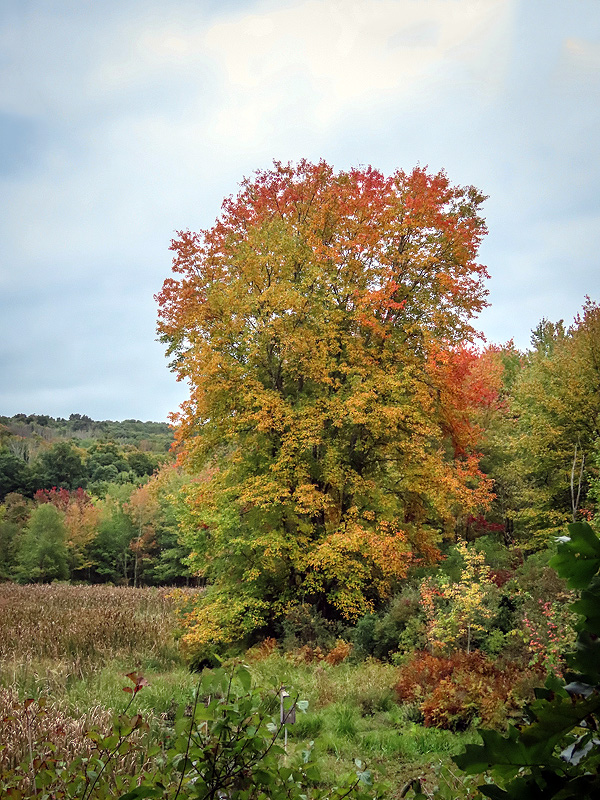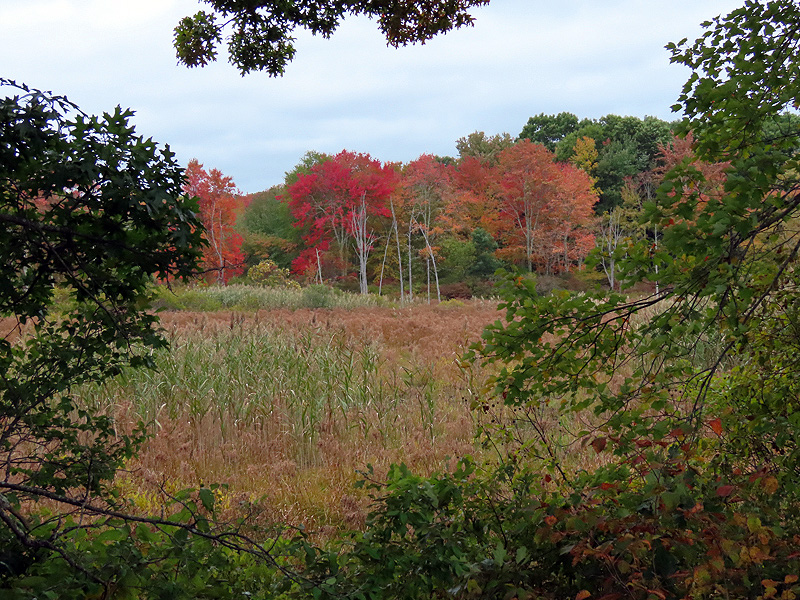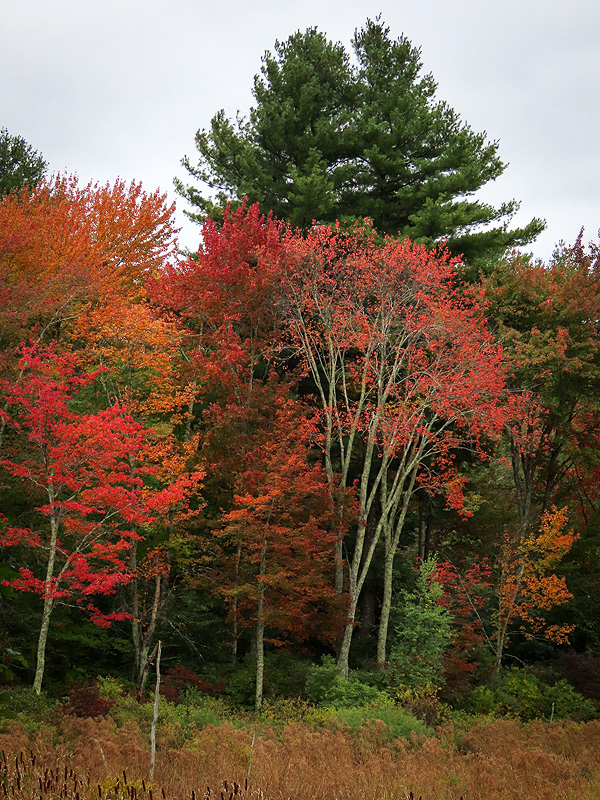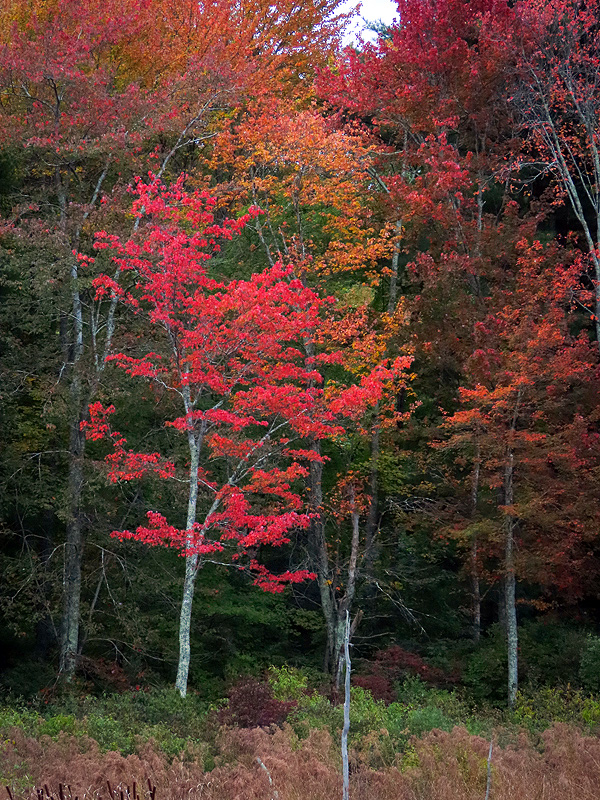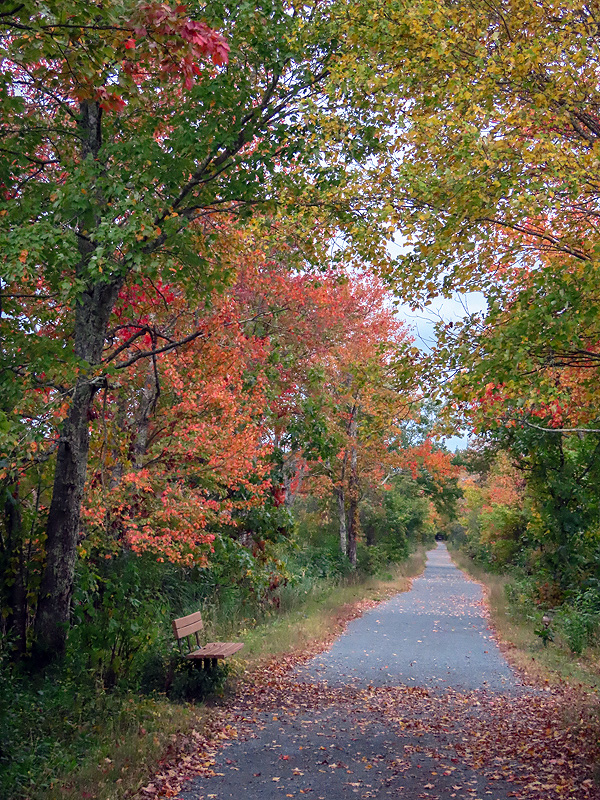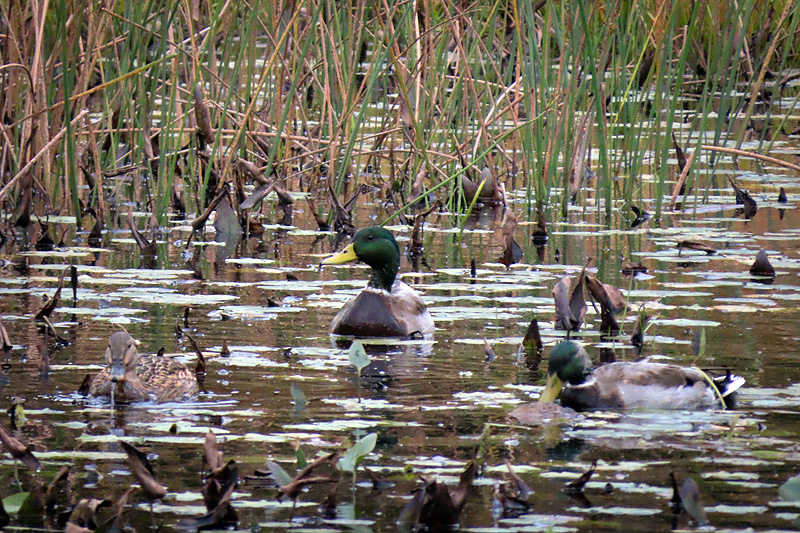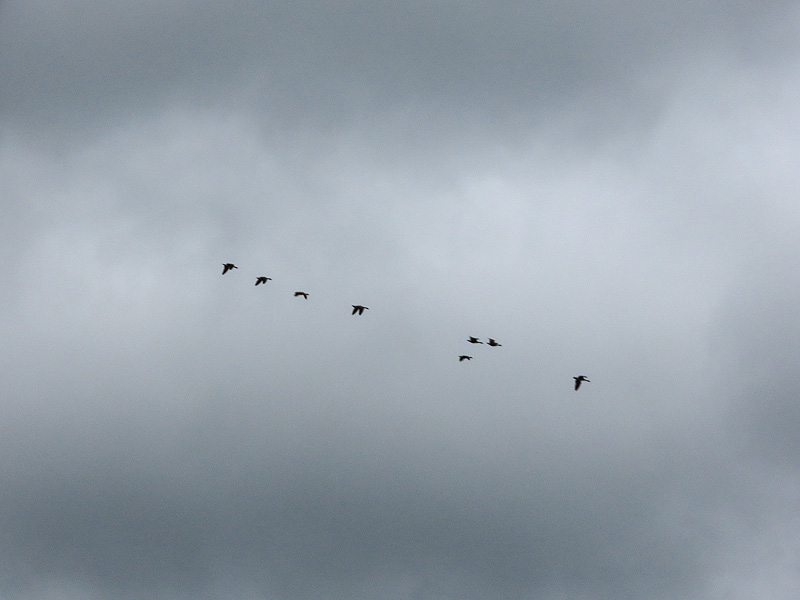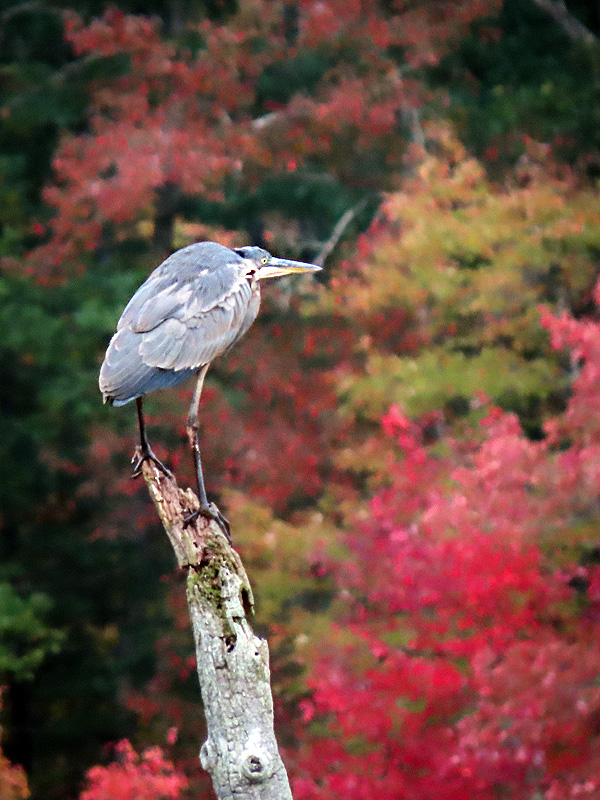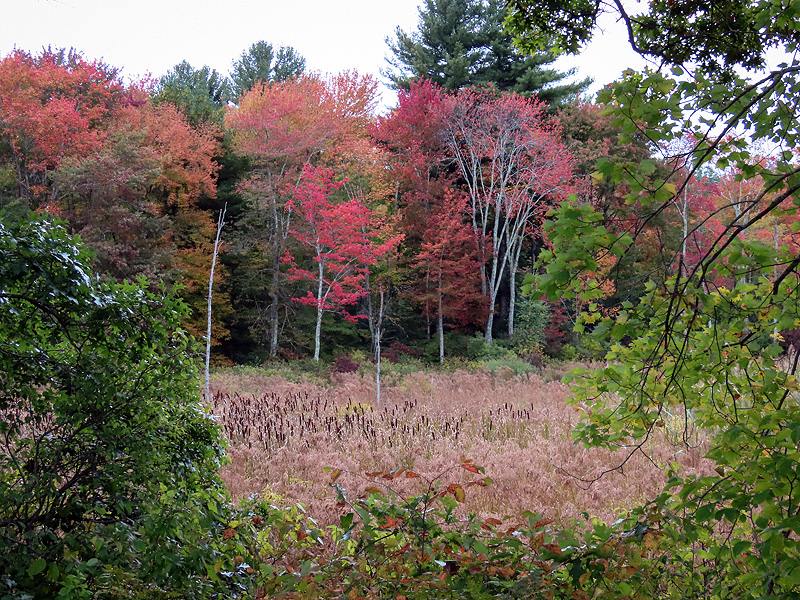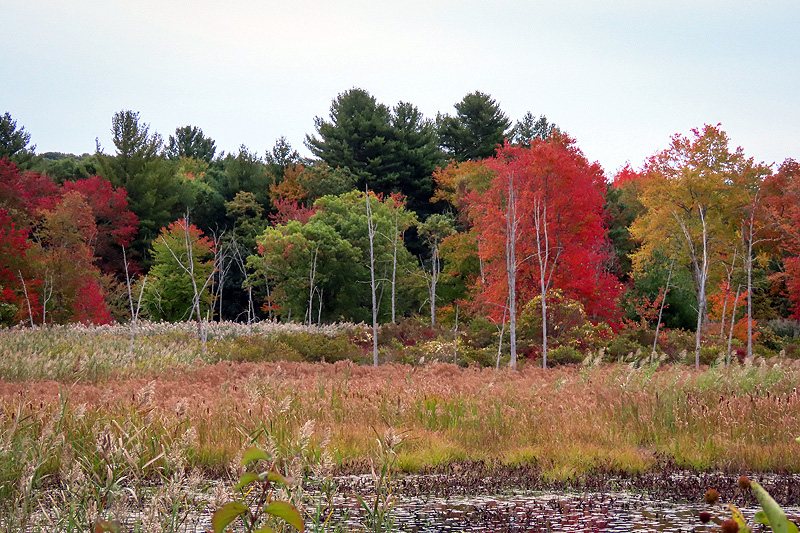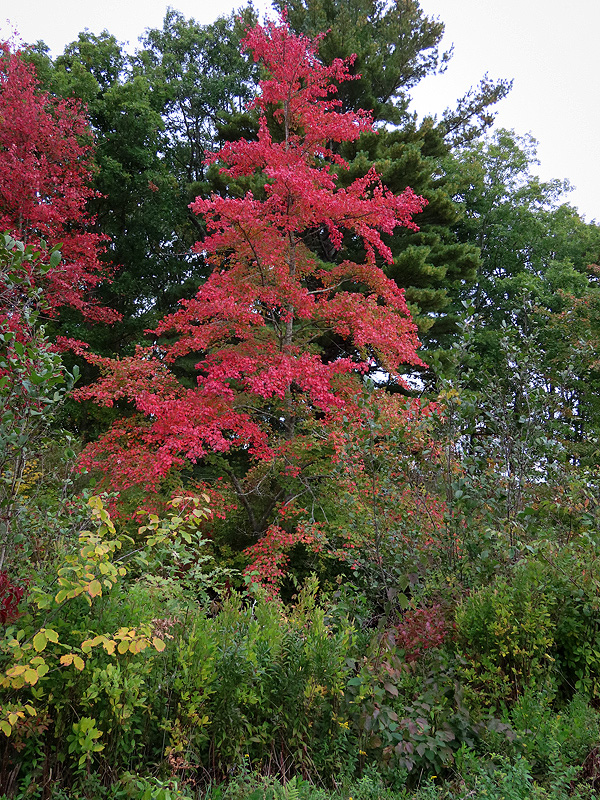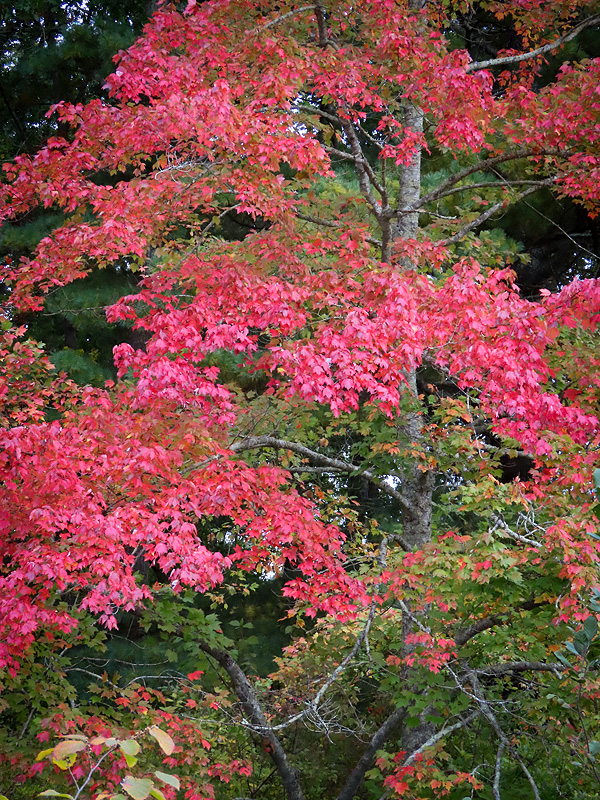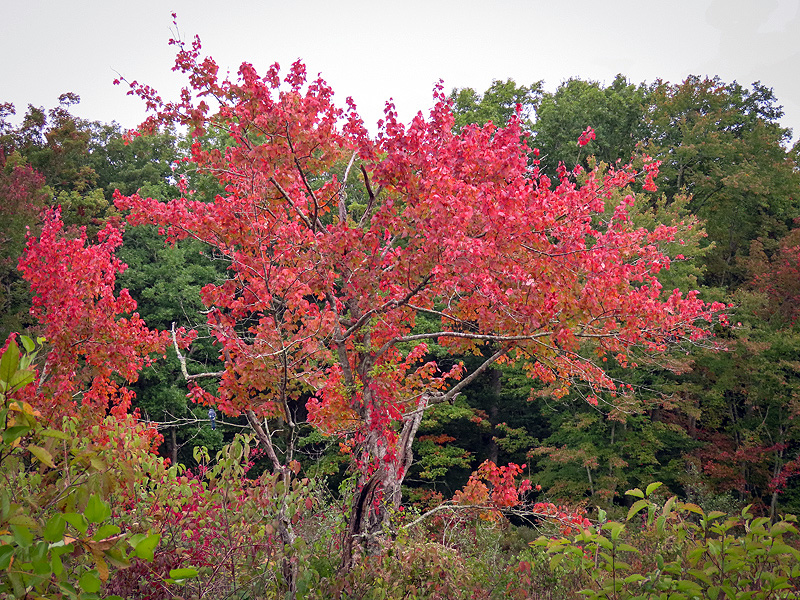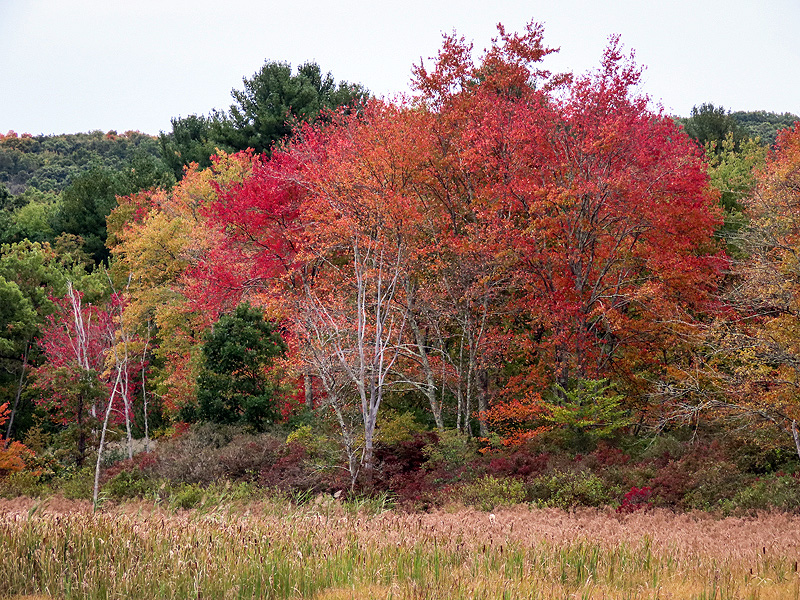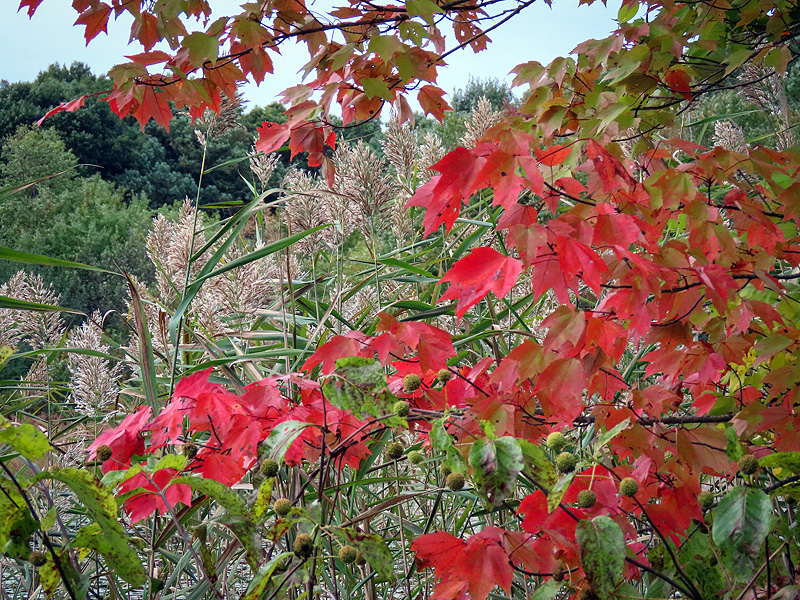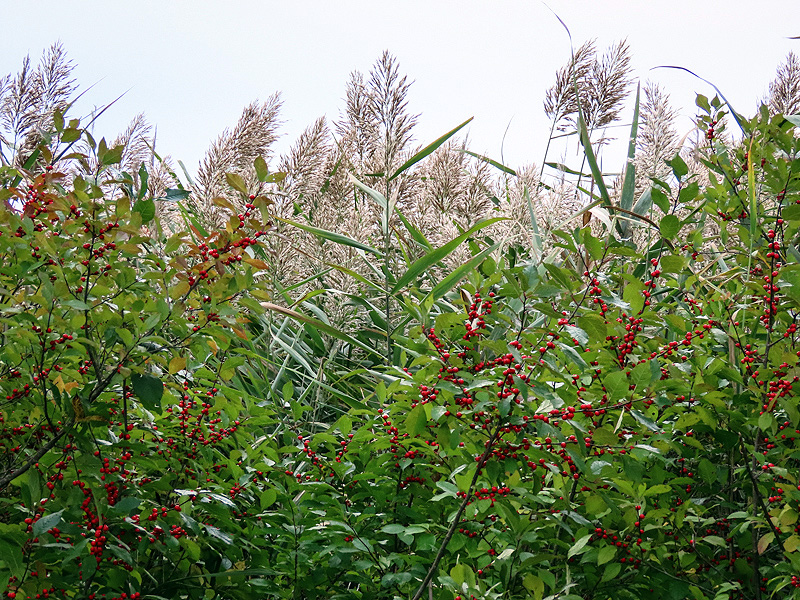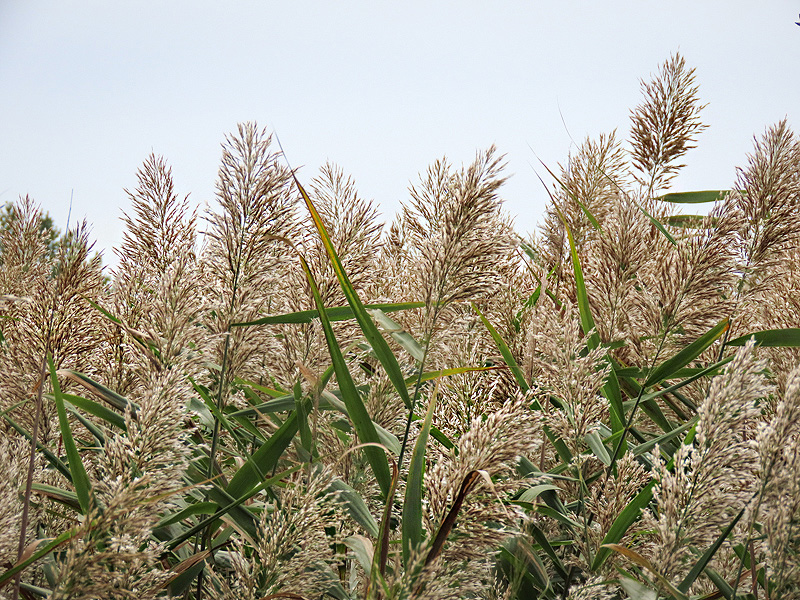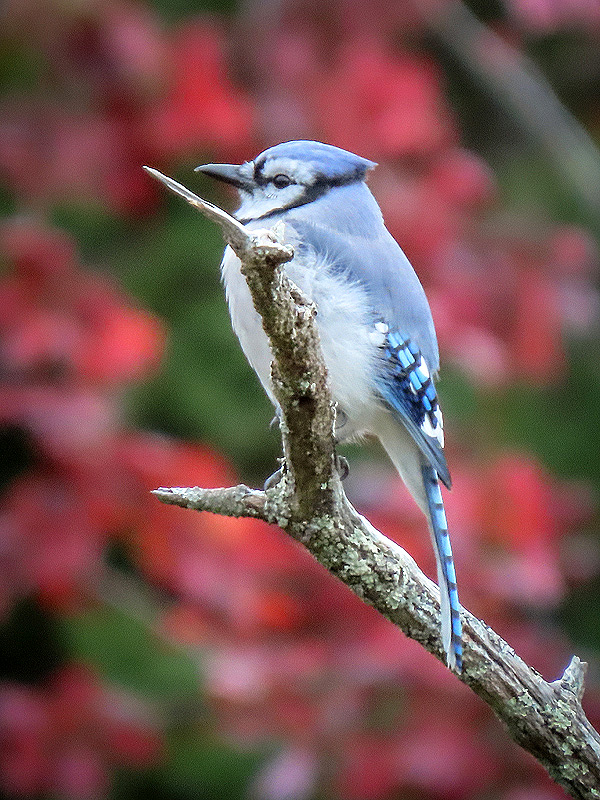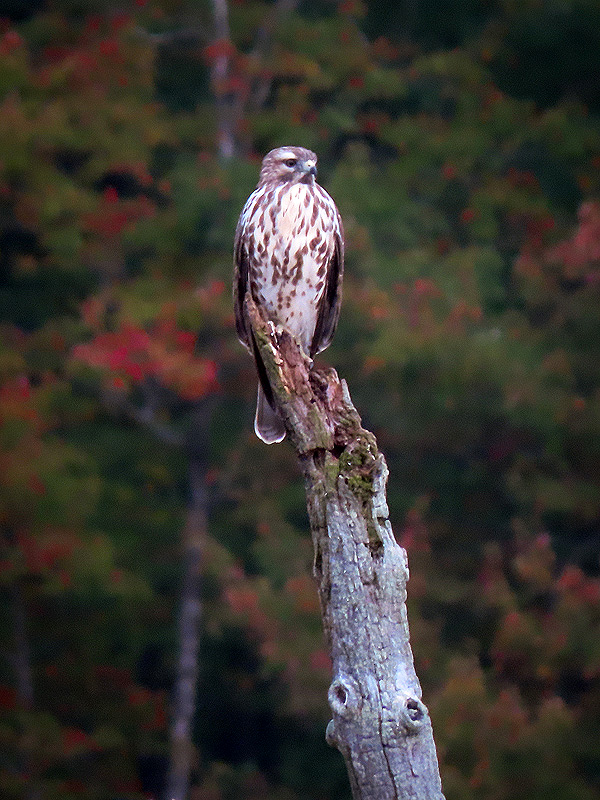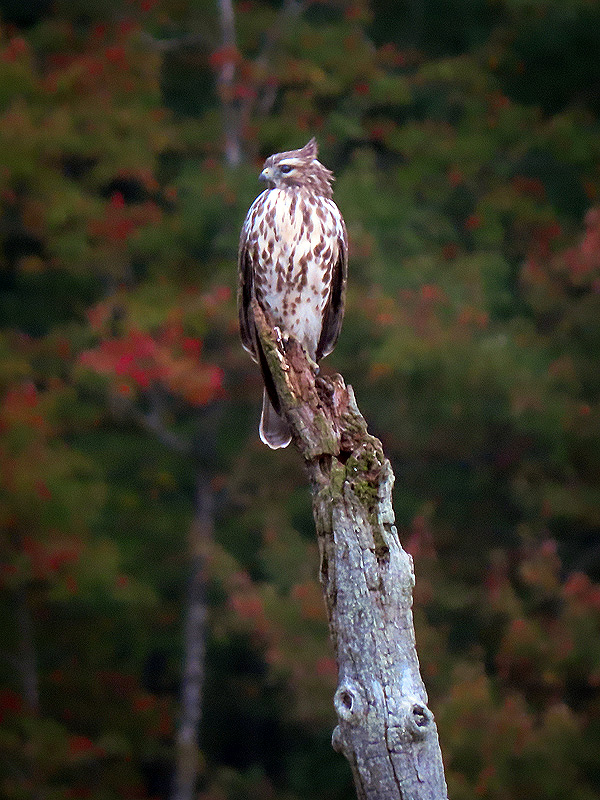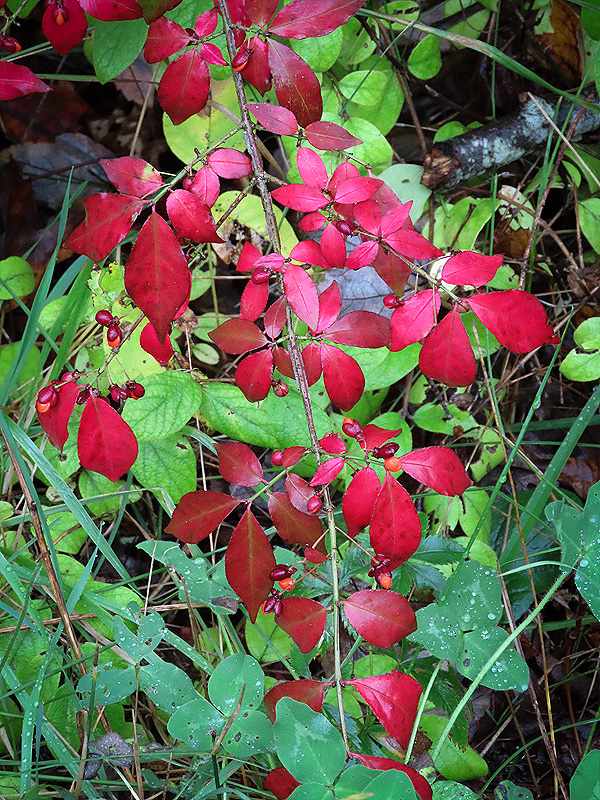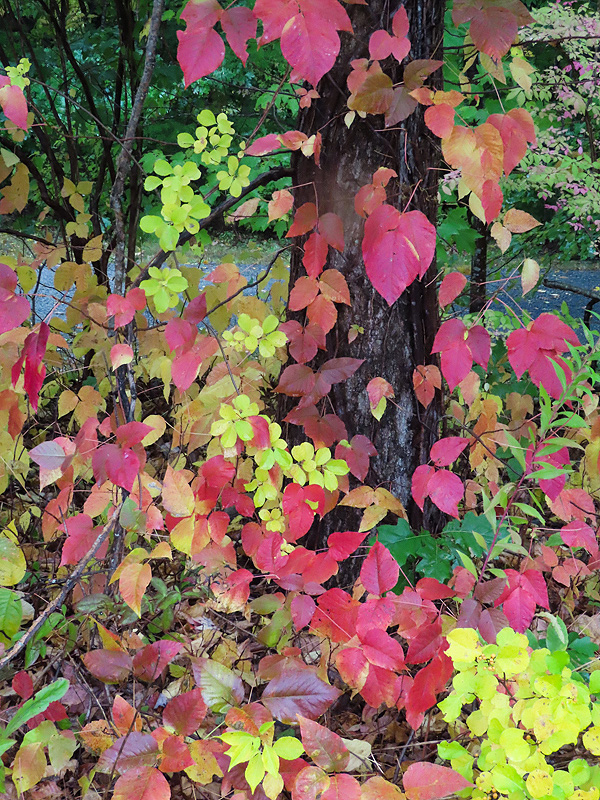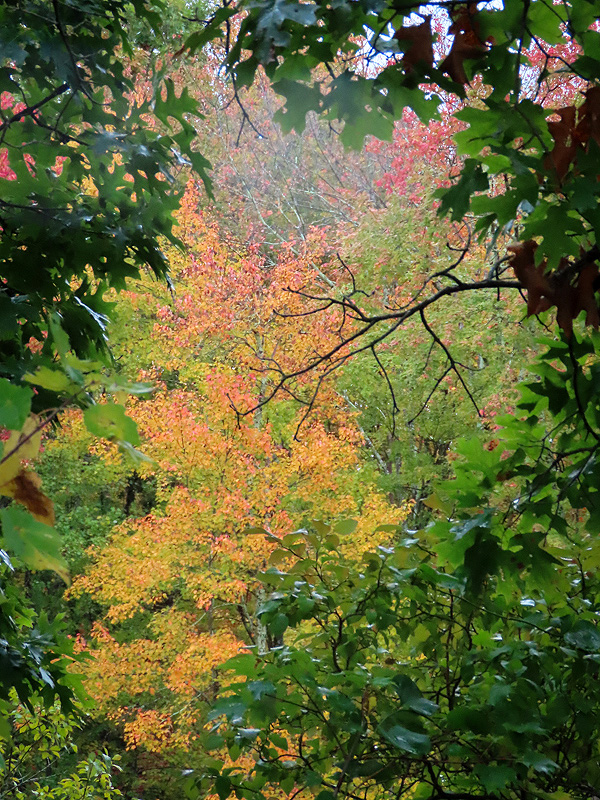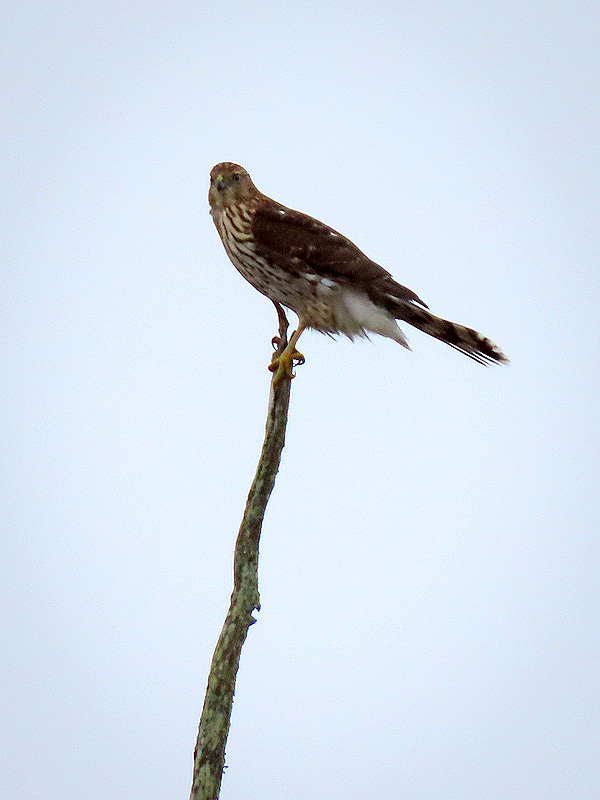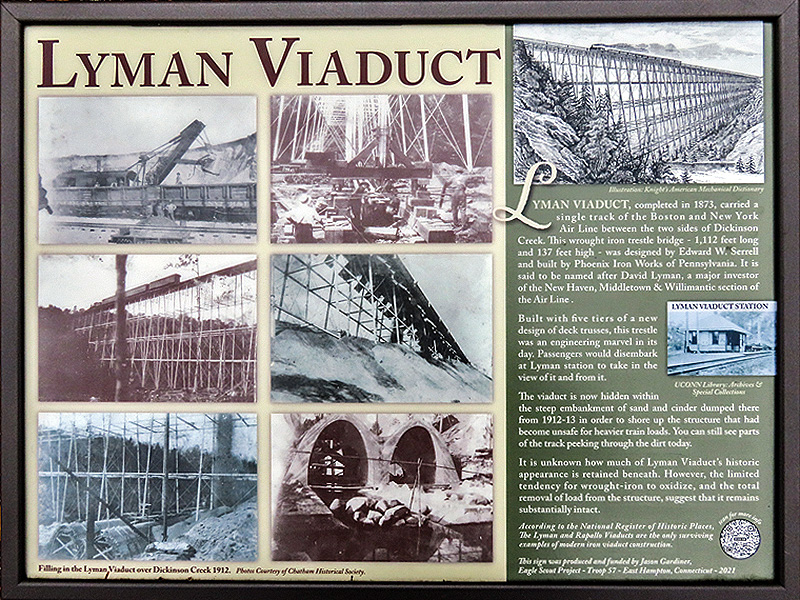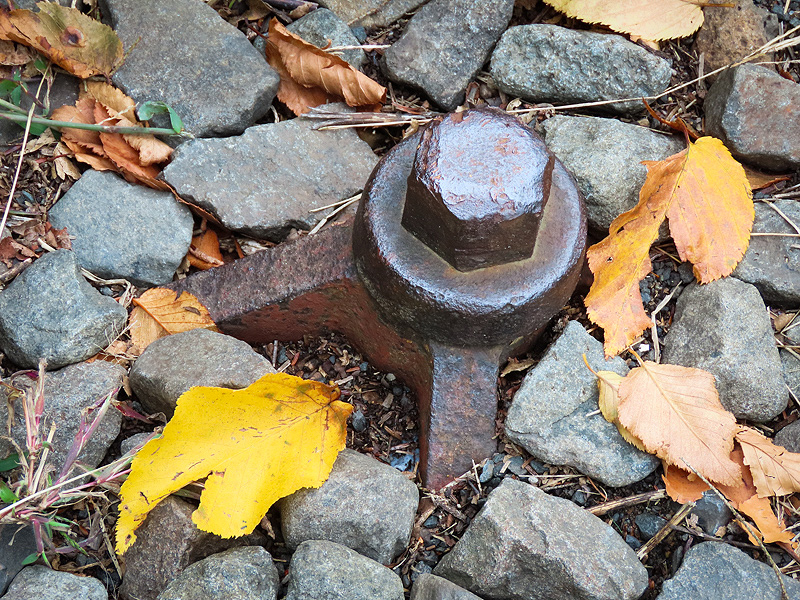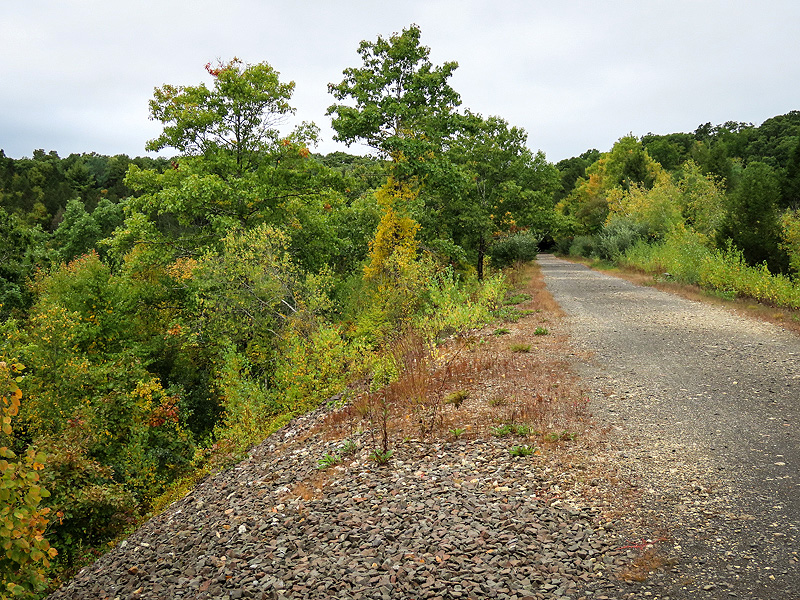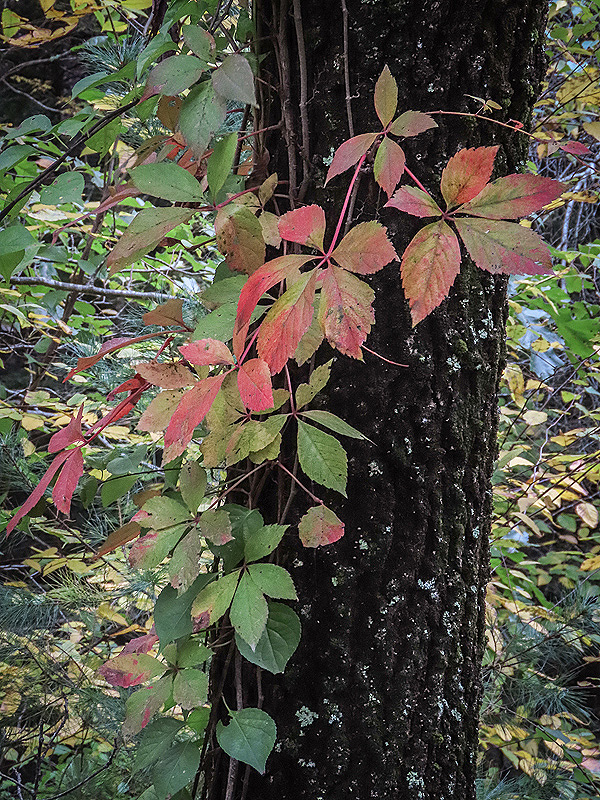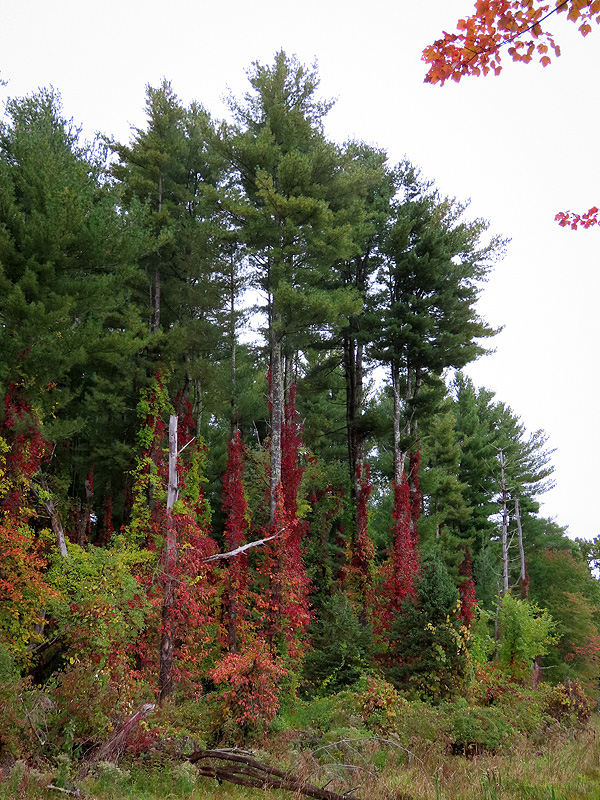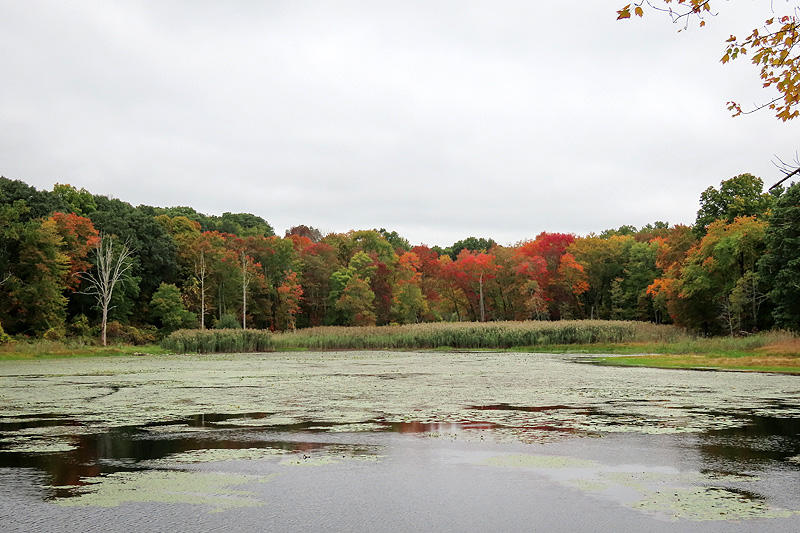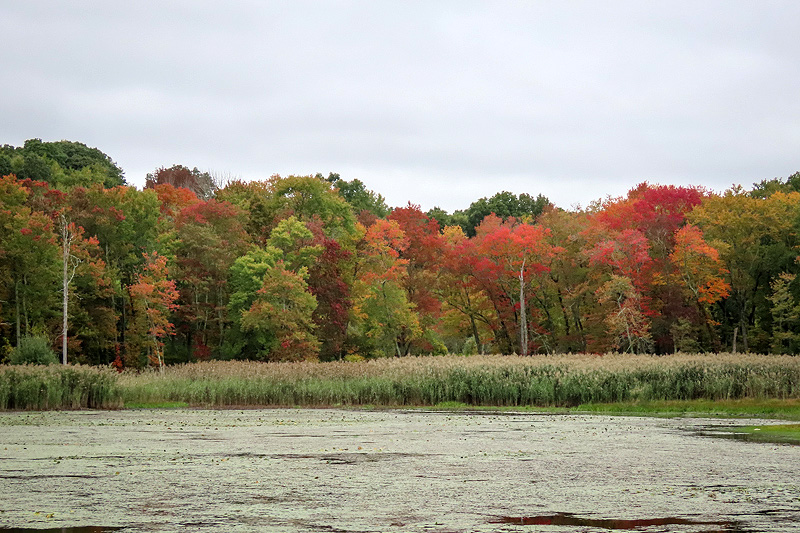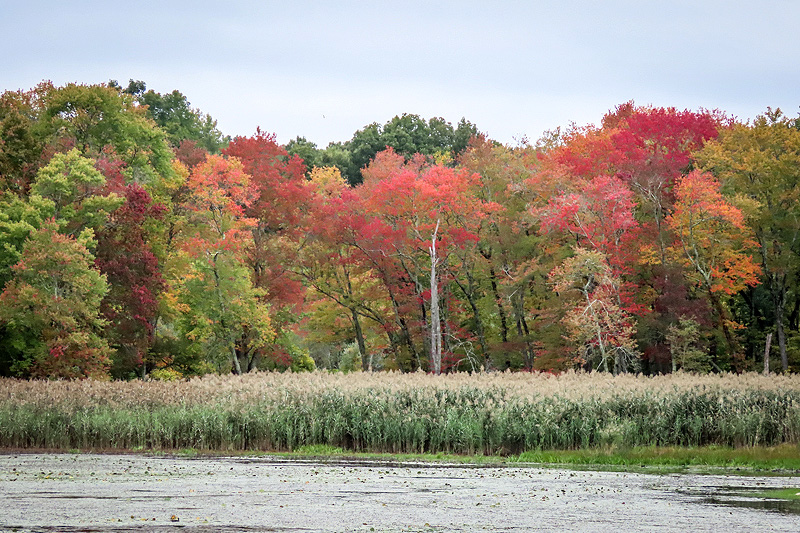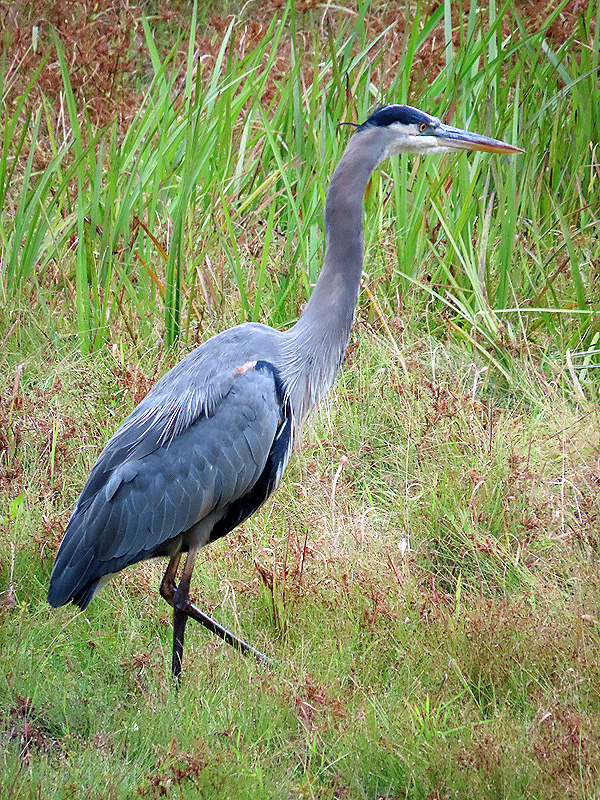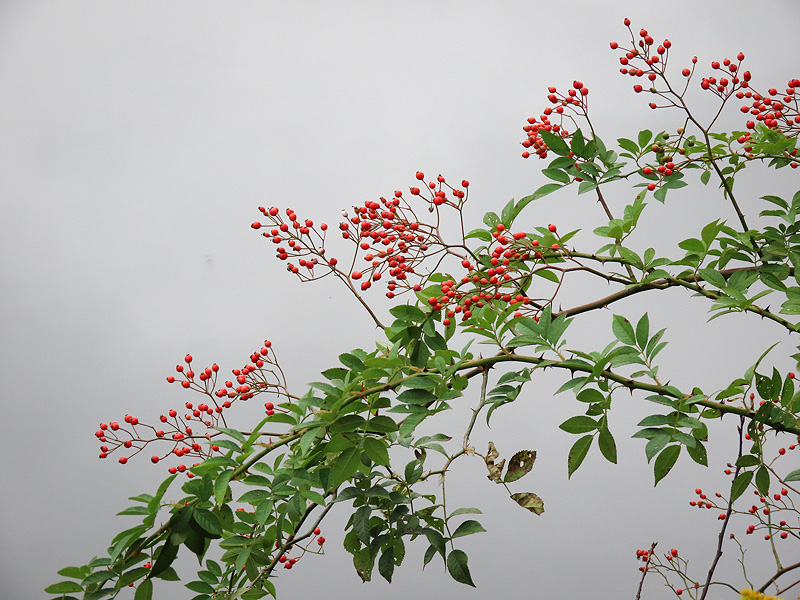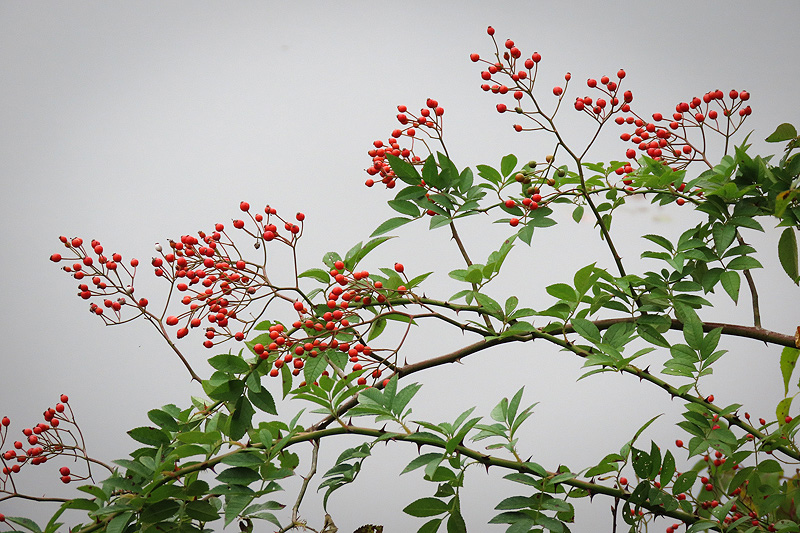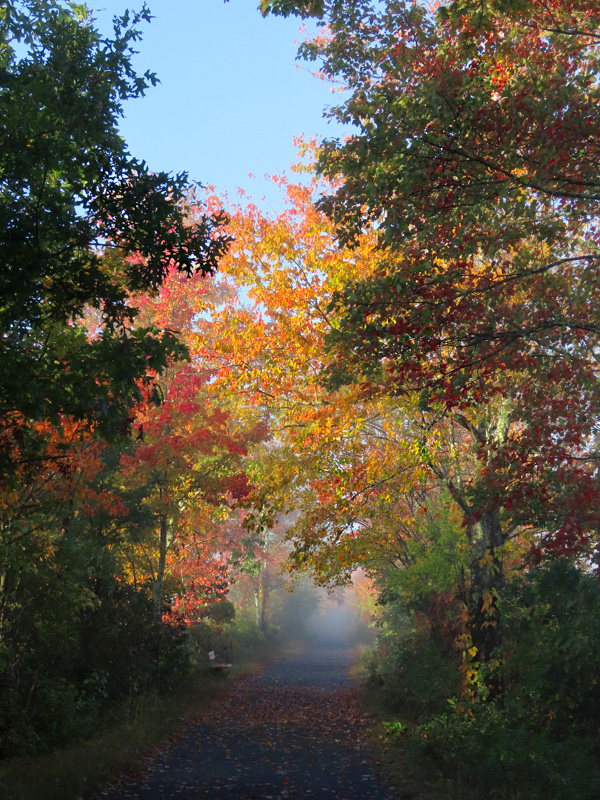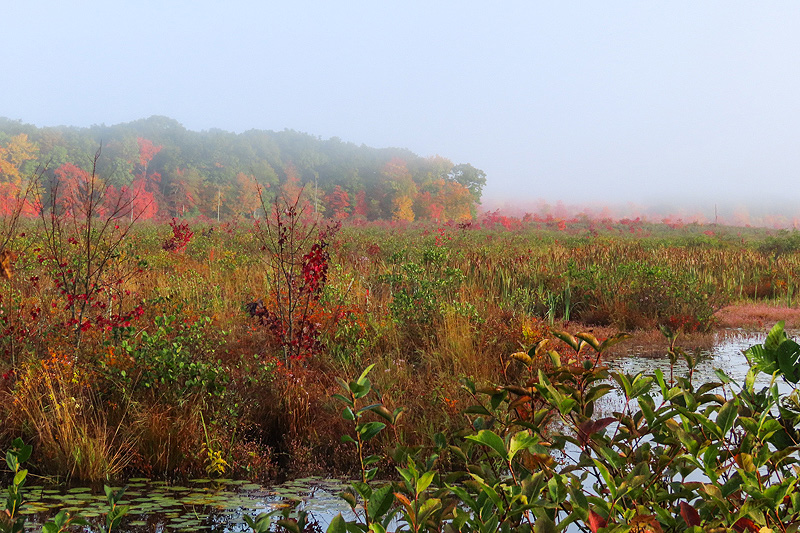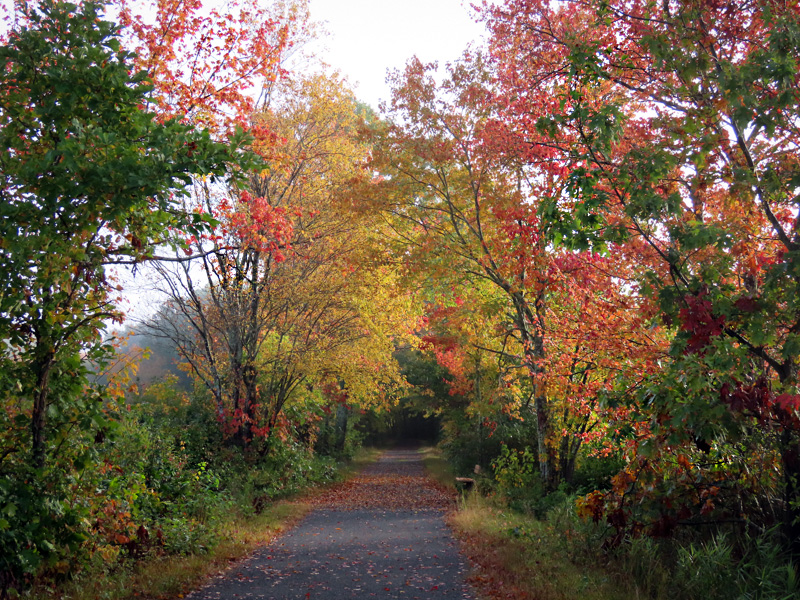Along the Air Line... 2022 - Fall, Part 2 The Air Line Trail in Eastern Connecticut - Stan Malcolm Photos |
HOME: Air Line... 2022 Pages Menu Stan's FlickR Albums |
September 30th (continued). Double-crested Cormorant (Phalacrocorax auritus) still hanging out at the beaver pond on Day Meadow Brook at the River Road trail crossing. |
|
|
The bird had just deposited a stream of white guano. The white deposits around the perch confirm that the bird uses that spot frequently. |
|
|
|
|
The Great Blue Heron (Ardea herodias) was there too, far across the pond. |
Multiflora Rose (Rosa multiflora) hips. |
|
Asters. (I won't speculate on species.) |
Scouring Rush horsetail (Equisetum hyemale). |
October 2nd. Cloudy and windy. Fall colors coming along. |
|
|
|
|
Poison Sumac (Toxicodendron vernix). |
Mallards (Anas platyrhynchos) are gathering as they do each Fall. |
Canada Geese (Branta canadensis) overhead. |
October 3rd. Great Blue Heron (Ardea herodias) on its usual perch. |
More Fall color photos on a cloudy day. |
|
|
|
|
|
Red Maple (Acer rubrum), Buttonbush (Cephalanthus occidentalis), and Common Reed (Phragmites australis). |
Common Reed and Winterberry (Ilex verticillata). |
Common Reed alone. |
Blue Jay (Cyanocitta cristata). |
As happened on September 28th, the Great Blue Heron pictured above has been displaced by a hawk. |
|
|
October 5th. Winged Euonymus or Burning Bush (Euonymus alatus) is a nasty invasive. |
Mostly Poison Ivy (Toxicodendron radicans). |
|
Red Maple (Acer rubrum). |
|
Another hawk at the marsh. |
|
A brief visit to the Lyman Viaduct, just west of Bull Hill Road. |
The wrought iron structure remains below the "modern fill" (circa 1913), with bits of it exposed here and there. |
Imagine how many loads of fill were required! Embedded in the fill is a 24" sewage line. |
Virginia Creeper (Parthenocissus quinquefolia). |
The last of the Bouncing Bet (Saponaria officinalis). |
Next, a stop at the beaver pond on Day Meadow Brook at the River Road trail crossing. |
|
|
|
The Great Blue Heron (Ardea herodias) was there, but no sign of the Cormorant seen recently. |
The Multiflora Rose (Rosa multiflora) hips remain photogenic. |
|
October 6th. Foggy morning. |
|
|

